Trauma Emergencies and the COVID-19 Outbreak

Everyone is talking about it. Everyone. I haven’t had a single conversation in the last 3 weeks that hasn’t included something about the Corona virus outbreak. While not exactly the apocalypse, times are even more tense then usual and America is bracing itself to weather the coming storm.
The future is as unclear as ever and worried citizens are buying out stores and stocking up on survival essentials. Like toilet paper.
Likewise, law enforcement agencies and emergency medical responders are preparing for the worst, and hospitals are expecting to be swamped with pandemic patients.
This increased strain to our health care system is worrying, especially when it comes to the average everyday citizen who relies on paramedics arriving quickly to keep them alive.
For the most part, Americans take a certain amount of pride in being able to take care of themselves, and why firearms remain a substantial part of our culture. The same focus that’s applied to personal protection, should be given to emergency trauma.
It’s possible that, in the coming months Americans see a decreased, or absent, response time from law enforcement and ambulance crews. And while it’s a good idea to already have a plan to deal with emergency trauma, it’s especially important now.
Life threatening injuries happen quickly and there isn’t much time available to stabilize the casualty. Those patients who might have survived their wounds a few months ago because they were quickly whisked away to surgery, might have to wait.
Here are some things I think you should be considering:
- Refresh your knowledge about how to administer first aid so you know what to do and don’t waste time helping the casualty.
- Have a quality medical kit and know how to use the gear in it. This is not that first aid kit with the 200 types of Disney Princess Band-Aids in it. This is a dedicated trauma kit. First aid kits are great, and everyone should have one, but a dedicated trauma kit could save your life.
- Put your trauma kit in a place where everyone can get to it and see it often. Seeing it on a regular basis helps keep it in the back of everyone’s mind when there’s an emergency.
- Share the knowledge. Don’t keep everything you know about first aid to yourself. Since the entire world is staying in their homes to avoid contagion, this is the perfect opportunity to have quality and productive family time and get everyone up to your level.
- If possible, get extra over the counter (OTC) and prescription medicines. Especially if those are emergency meds, like Epinephrine for bee sting allergies.
This first big spike of infection rates is hoped to last 45 days. If it takes another 45 days to decline, the next 3 months might be tricky. With summer closing in and bees out pollinating, the situation becomes riskier for those with dangerous allergies.
If you have young children in the home, keep potentially dangerous meds in a combination locked box so they don’t get into anything that might hurt them. The combination locked box helps since you won’t have to hunt up the key to get lifesaving medications.
